Behavioural Investigation of Light Deprivation on Anxiety-Like Symptoms in Mice: A Preliminary Study
DOI: 10.23977/phpm.2025.050218 | Downloads: 5 | Views: 289
Author(s)
Yule Zheng 1
Affiliation(s)
1 Mary Institute and Saint Louis Country Day School, 101 North Warson Rd., Ladue, Missouri, 63124, USA
Corresponding Author
Yule ZhengABSTRACT
Anxiety disorders affect over 300 million individuals globally, representing a significant public health and economic burden. Understanding environmental risk factors for anxiety is important for the promotion of prevention and treatment. The current exploratory research investigates the impact of light deprivation on anxiety-like behaviour in mice to create conditions endured by humans in chronically low-light environments such as high-latitude regions or underground working conditions. Mice were randomised into a control or light deprivation (LD) group. The LD group was given reduced daily light, while the control group was exposed to a normal 12-hour light/dark cycle. Both groups were subsequently tested on the Elevated O Maze, an established behavioural measure of anxiety, following conditioning. Measures included latency to open arms entry, total time in open arms, and entries. Results revealed significant differences in behaviour: LD mice exhibited greater latency to enter open arms, lower time spent in open arms, and fewer number of entries—all indicative of greater levels of anxiety. Movement patterns also differed by group, with LD mice showing greater hesitation and linear movement, again in support of the presence of increased anxiety-like behaviour. These findings show that protracted deprivation of light may induce strong anxiety-type behaviours in mice, a convenient model for the study of light-related anxiety disorders in humans. The shortcomings of limited sample size and lack of analysis of molecular or neural pathway abbreviations restrict the value of these findings. Future research must expand sample size and employ neurobiological methods (e.g., c-Fos staining, AAV manipulations) to identify underlying mechanisms. With the comorbidity of anxiety and depression, light treatments may be explored more widely across affective disorders. This study contributes to mounting evidence for environmental influences on mental health and the importance of adequate light exposure to emotional modulation.
KEYWORDS
Mice, Anxiety, Light DeprivationCITE THIS PAPER
Yule Zheng, Behavioural Investigation of Light Deprivation on Anxiety-Like Symptoms in Mice: A Preliminary Study. MEDS Public Health and Preventive Medicine (2025) Vol. 5: 124-128. DOI: http://dx.doi.org/10.23977/phpm.2025.050218.
REFERENCES
[1] A. Al-Asmi et al., 'Magnitude and concurrence of anxiety and depression among attendees with multiple sclerosis at a tertiary care Hospital in Oman', BMC Neurol., vol. 15, no. 1, p. 131, Dec. 2015, doi: 10.1186/s12883-015-0370-9.
[2] K. Beesdo, S. Knappe, and D. S. Pine, 'Anxiety and anxiety disorders in children and adolescents: developmental issues and implications for DSM-V', Psychiatr. Clin. North Am., vol. 32, no. 3, pp. 483–524, Sep. 2009, doi: 10.1016/j. psc. 2009.06.002.
[3] A. C. Campos, M. V. Fogaca, D. C. Aguiar, and F. S. Guimaraes, 'Animal models of anxiety disorders and stress', Rev. Bras. Psiquiatr., vol. 35, no. suppl 2, pp. S101–S111, 2013, doi: 10.1590/1516-4446-2013-1139.
[4] D. L. Hoffman, E. M. Dukes, and H.-U. Wittchen, 'Human and economic burden of generalized anxiety disorder', Depress. Anxiety, vol. 25, no. 1, pp. 72–90, Jan. 2008, doi: 10.1002/da.20257.
[5] S. F. Javaid, I. J. Hashim, M. J. Hashim, E. Stip, M. A. Samad, and A. A. Ahbabi, 'Epidemiology of anxiety disorders: global burden and sociodemographic associations', Middle East Curr. Psychiatry, vol. 30, no. 1, p. 44, May 2023, doi: 10. 1186/s43045-023-00315-3.
[6] P. Monteleone and M. Maj, 'The circadian basis of mood disorders: Recent developments and treatment implications', Eur. Neuropsychopharmacol., vol. 18, no. 10, pp. 701–711, Oct. 2008, doi: 10.1016/j.euroneuro.2008.06.007.
[7] K. Oh, S.-J. Cho, Y. K. Chung, J.-M. Kim, and M. K. Chu, 'Combination of anxiety and depression is associated with an increased headache frequency in migraineurs: a population-based study’, BMC Neurol., vol. 14, no. 1, p. 238, Dec. 2014, doi: 10.1186/s12883-014-0238-4.
[8] Y. Wan, J. Ding, M. Fan, and H. Huang, 'Effectiveness of visible light for seasonal affective disorder: A systematic review and network meta-analysis', Medicine (Baltimore), vol. 104, no. 27, p. e43107, Jul. 2025, doi: 10.1097/MD. 0000000000043107.
[9] B. Wood et al., 'Prevalence and concurrence of anxiety, depression and fatigue over time in multiple sclerosis', Mult. Scler. J., vol. 19, no. 2, pp. 217–224, Feb. 2013, doi: 10.1177/1352458512450351.
[10] C. Lu, Y. Wang, and Y.-F. Zhang, 'Light deprivation produces a sexual dimorphic effect on neural excitability and depression-like behavior in mice', Neurosci. Lett., vol. 633, pp. 69–76, Oct. 2016, doi: 10.1016/j.neulet.2016.09.013.
| Downloads: | 4667 |
|---|---|
| Visits: | 271367 |
Sponsors, Associates, and Links
-
MEDS Clinical Medicine

-
Journal of Neurobiology and Genetics
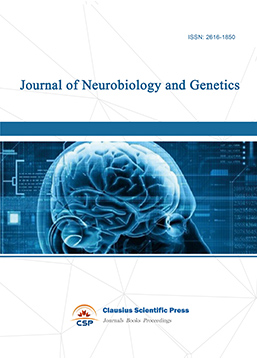
-
Medical Imaging and Nuclear Medicine

-
Bacterial Genetics and Ecology
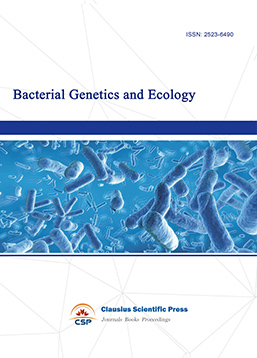
-
Transactions on Cancer
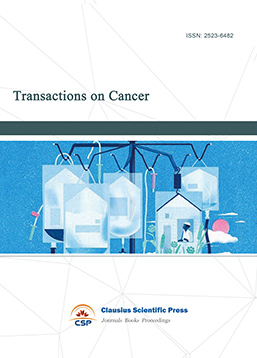
-
Journal of Biophysics and Ecology

-
Journal of Animal Science and Veterinary
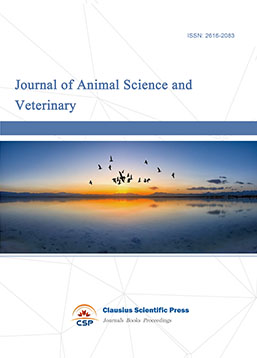
-
Academic Journal of Biochemistry and Molecular Biology
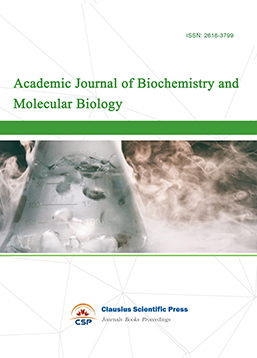
-
Transactions on Cell and Developmental Biology

-
Rehabilitation Engineering & Assistive Technology
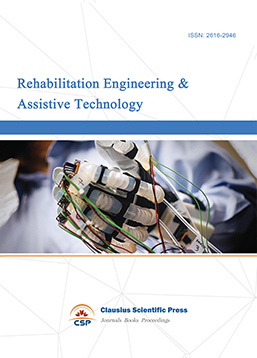
-
Orthopaedics and Sports Medicine
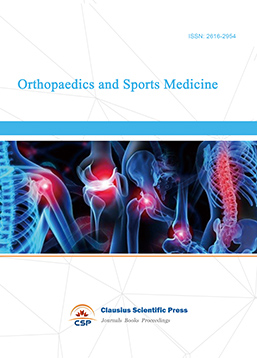
-
Hematology and Stem Cell

-
Journal of Intelligent Informatics and Biomedical Engineering
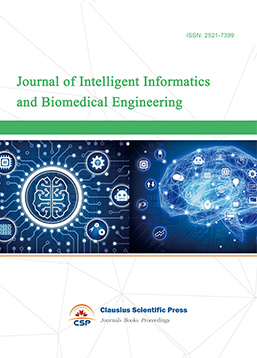
-
MEDS Basic Medicine
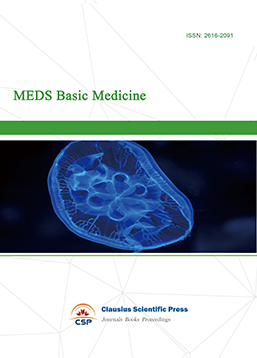
-
MEDS Stomatology
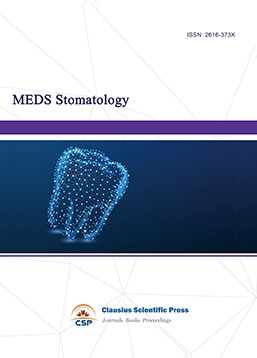
-
MEDS Chinese Medicine
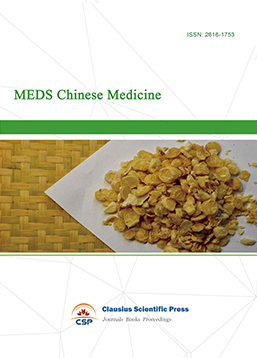
-
Journal of Enzyme Engineering

-
Advances in Industrial Pharmacy and Pharmaceutical Sciences
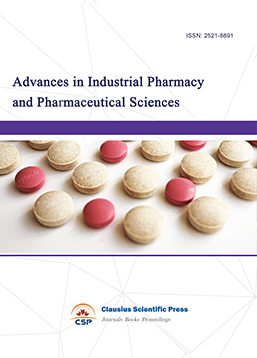
-
Bacteriology and Microbiology
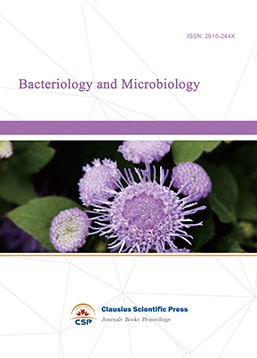
-
Advances in Physiology and Pathophysiology

-
Journal of Vision and Ophthalmology
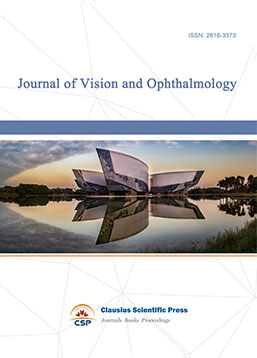
-
Frontiers of Obstetrics and Gynecology

-
Digestive Disease and Diabetes

-
Advances in Immunology and Vaccines

-
Nanomedicine and Drug Delivery
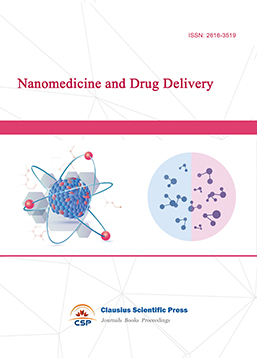
-
Cardiology and Vascular System

-
Pediatrics and Child Health

-
Journal of Reproductive Medicine and Contraception

-
Journal of Respiratory and Lung Disease
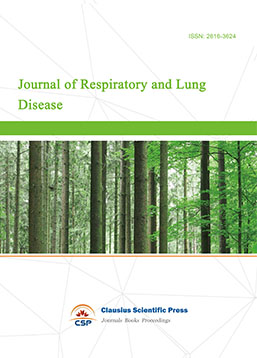
-
Journal of Bioinformatics and Biomedicine


 Download as PDF
Download as PDF